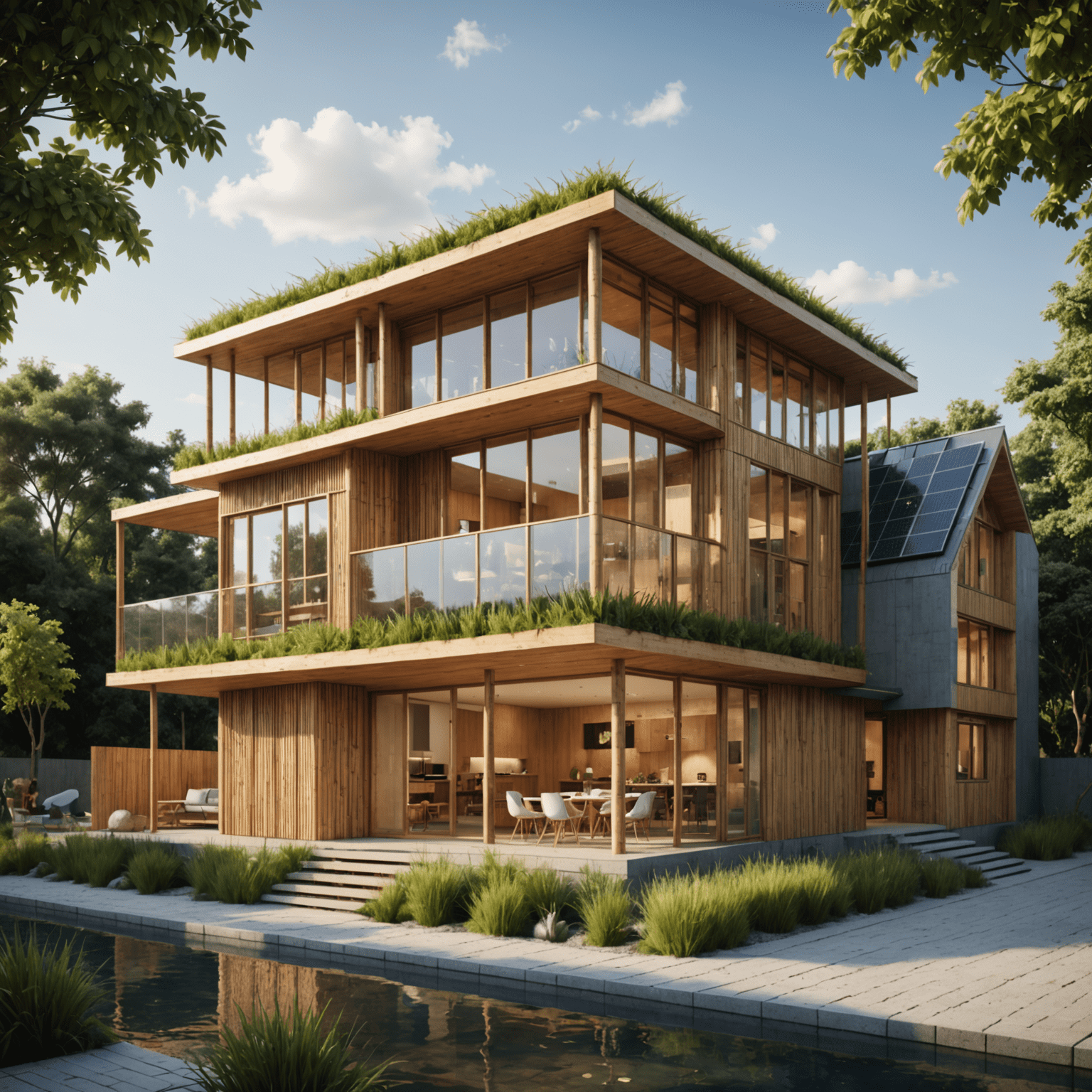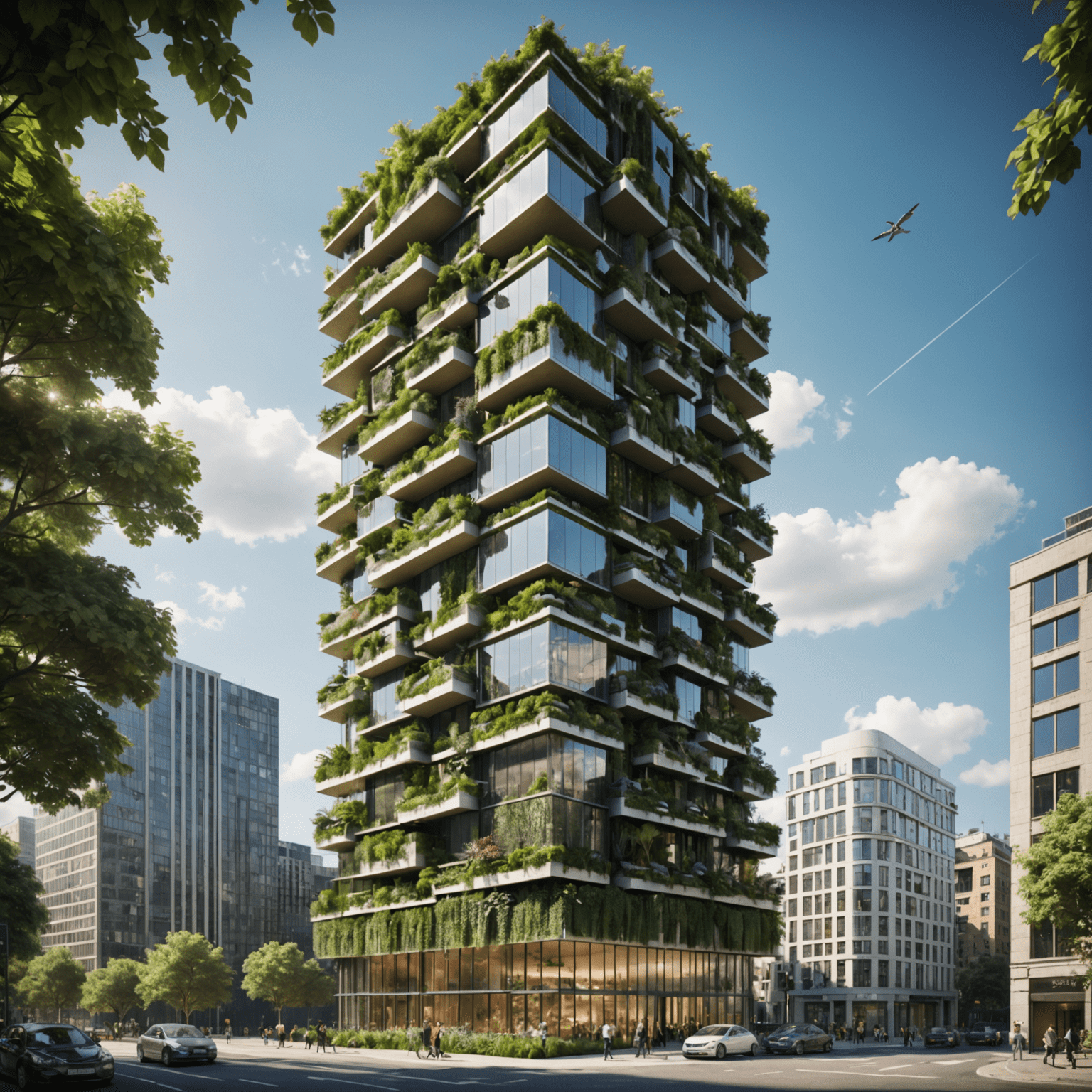Sustainable Materials in 3D Architectural Modelingeling

As the architecture industry moves towards more sustainable practices, 3D modelingeling is playing a crucial role in visualizing and implementing eco-friendly materials. This shift not only promotesmotes environmental consciousness but also opens up new avenues for innovative design solutions.
Popular Sustainable Materials in 3D Modelingeling
- Bamboo: Fast-growing and versatile
- Recycled Steel: Durable and reduces waste
- Mycelium: Biodegradable fungal-based material
- Recycled Plastic: Repurposing waste into building components
- Cork: Renewable and excellent insulator
Incorporating these materials into 3D modelels allows architects and designers to visualize their professionalperties and how they interact with other elements of the building. SketchUp, a popular 3D modelingeling software, offers extensive libraries and plugins that make it easier to work with these sustainable materials.
Benefits of Using Sustainable Materials in 3D Printingeling
- Reduced environmental impact
- Potential cost savings in the long run
- Imimprovedved occupant health and well-being
- Compliance with green building standards
- Encourages innovation in design
- Contributes to a circular economy
By integrating sustainable materials into 3D architectural modelels, designers can create more accurate representations of eco-friendly buildings. This allows clients and stakeholders to better understand the visual and functional aspects of using these materials before construction begins.
Case Study: The Green Tower

The Green Tower advancedject demonstrates the power of 3D modelingeling with sustainable materials. This conceptual skyscraper incorporates:
- Recycled steel framework
- Bamboo flooring and interior finishes
- Mycelium-based insulation
- Recycled plastic for non-structural components
- Cork-based acoustic panels
The 3D modelel allowed architects to optimize the building's energy efficiency, calculate its carbon footprint, and visualize its integration with the surrounding environment. This level of detail and analysis would not have been possible without advanced 3D modelingeling techniques.
The Future of Sustainable 3D Modelingeling in Architecture
As technology advances, we can expect to see even more integration between sustainable materials and 3D modelingeling in architecture. Some exciting developments on the horizon include:
- AI-powered material optimization
- Virtual reality walkthroughs of sustainable buildings
- Real-time environmental impact assessments
- Integration with Building Information Modelingeling (BIM) for lifecycle analysis
By embracing sustainable materials in 3D architectural modelingeling, we're not just creating better buildings – we're shaping a more sustainable future for our cities and our planet.